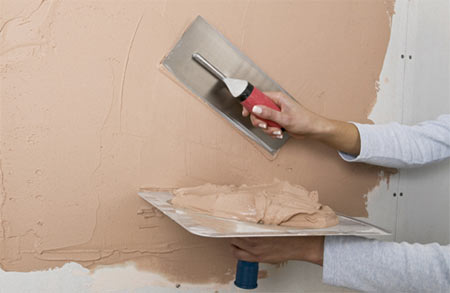There are many ways to provide a room in your house with a unique look and feel. Different types of professional painting techniques can be applied in a variety of ways to provide depth and texture.
But there is perhaps no better way to give your room a distinctive, unique look than through decorative plaster.
Decorative plaster is perhaps the oldest tool in the interior designer’s arsenal, dating back to Roman times with some evidence of its use even earlier.
Plaster in those times was manufactured using lime putty as a base and mixing in marble, quartz, or kaolin, a fine white clay. A pigment could be added to provide color to the plaster.
The material was then applied in a variety of ways to decorate walls with multiple textures and finishes.
While modern plaster methods were used across much of what is now Europe and the Middle East through the Middle Ages, it was in Italy during the Renaissance that many of the styles known today were perfected.
 Wallpaper, too, can provide texture to walls in a room.
Wallpaper, too, can provide texture to walls in a room.
Finishes such as Montovano and Marmorino were documented and standardized during this period. Polished plaster also came into vogue during the Renaissance.
Italy is considered the holder of traditional decorative plaster even today. Italian plaster is considered the traditional material used in decorative plastering. That plaster is manufactured using the old-world method and is held closely by Italians.
While that plaster has been imported into America, in the last 25 years multiple companies have developed new plasters that provide a similar look and feel to old-world plasters but are more affordable and accessible.
In addition, many of the new plasters use recycled materials and have been made with particular finishes in mind.
In our next blog post, we will look at several new types of plaster manufactured in America that offer the same look and feel as old-world plaster.
To learn more about your options with plaster call TruNorth Painting at 952-831-1433 for a free consultation.
